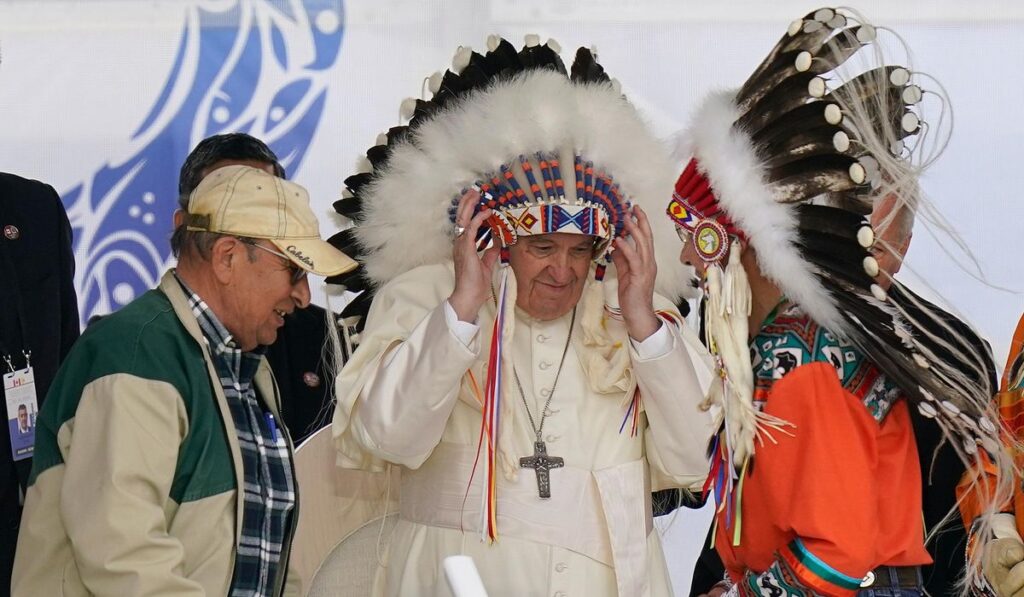The Vatican on Saturday returned 62 artifacts from its vast ethnographic collection to Indigenous peoples from Canada, an action tied to the Catholic Church’s reckoning with its role in helping suppress Indigenous cultures and traditions.
The objects came from a long-stored collection that museums and churches around the world assembled during decades of colonial contact, and the transfer was framed as more than a symbolic gesture. Officials described the repatriation as an attempt to repair cultural harm and to restore items that carry spiritual and historical meaning. For many recipients, the return represents a rare acknowledgement from an institution long linked to the systems that displaced those communities.
Among the returned pieces were ceremonial objects, carved items, and other material that carry community-specific teachings and uses, and those kinds of artifacts often lose meaning when they end up in distant storage rooms. Returning them allows elders and knowledge keepers to reconnect younger generations with practices that were interrupted. Community members say that having these items back in local care supports language learning and cultural programs that rely on tangible links to the past.
The gesture also exposes the practical challenges of repatriation, from identifying rightful custodians to ensuring proper care once items are back home. Provenance research can be slow and incomplete, and in many cases documentation is scattered across archives and old inventories. Settling those details requires cooperation across institutions, legal clarity, and a willingness to accept that full records may never exist.
Reactions to the handover were mixed in tone, with relief and cautious optimism on one side and calls for deeper change on the other. Some Indigenous leaders welcomed the return as a step toward cultural healing, while others emphasized that objects alone cannot erase the trauma of past policies. Church representatives framed the transfer as part of an ongoing process, but critics say the institution still needs to confront broader responsibilities beyond returning items.
The move raises questions about what comes next for other collections held by religious and public institutions worldwide, since similar claims are already active in many countries. Museums and archives are being pressed to review holdings, improve transparency, and build protocols for repatriation requests. That shift will force institutions to balance care for fragile objects with obligations to the communities that created them.
Logistics matter in these cases: conservation, transport, legal custody, and cultural protocols all have to be negotiated before a handoff can happen. Successful returns often include written agreements about stewardship, opportunities for communities to examine items first, and plans for public interpretation that center original owners. Those practical arrangements shape whether a repatriation becomes a meaningful restoration or a one-time event that leaves deeper needs unaddressed.
For Indigenous communities, the long-term work continues on their own terms, with returned artifacts serving as tools in broader efforts to revive traditions and pass knowledge on. The Vatican’s action is one visible moment in a much larger, ongoing conversation about responsibility, memory, and cultural survival. Observers expect the debate to expand as more institutions face similar claims and as Indigenous groups press for outcomes that reflect community priorities rather than institutional convenience.



